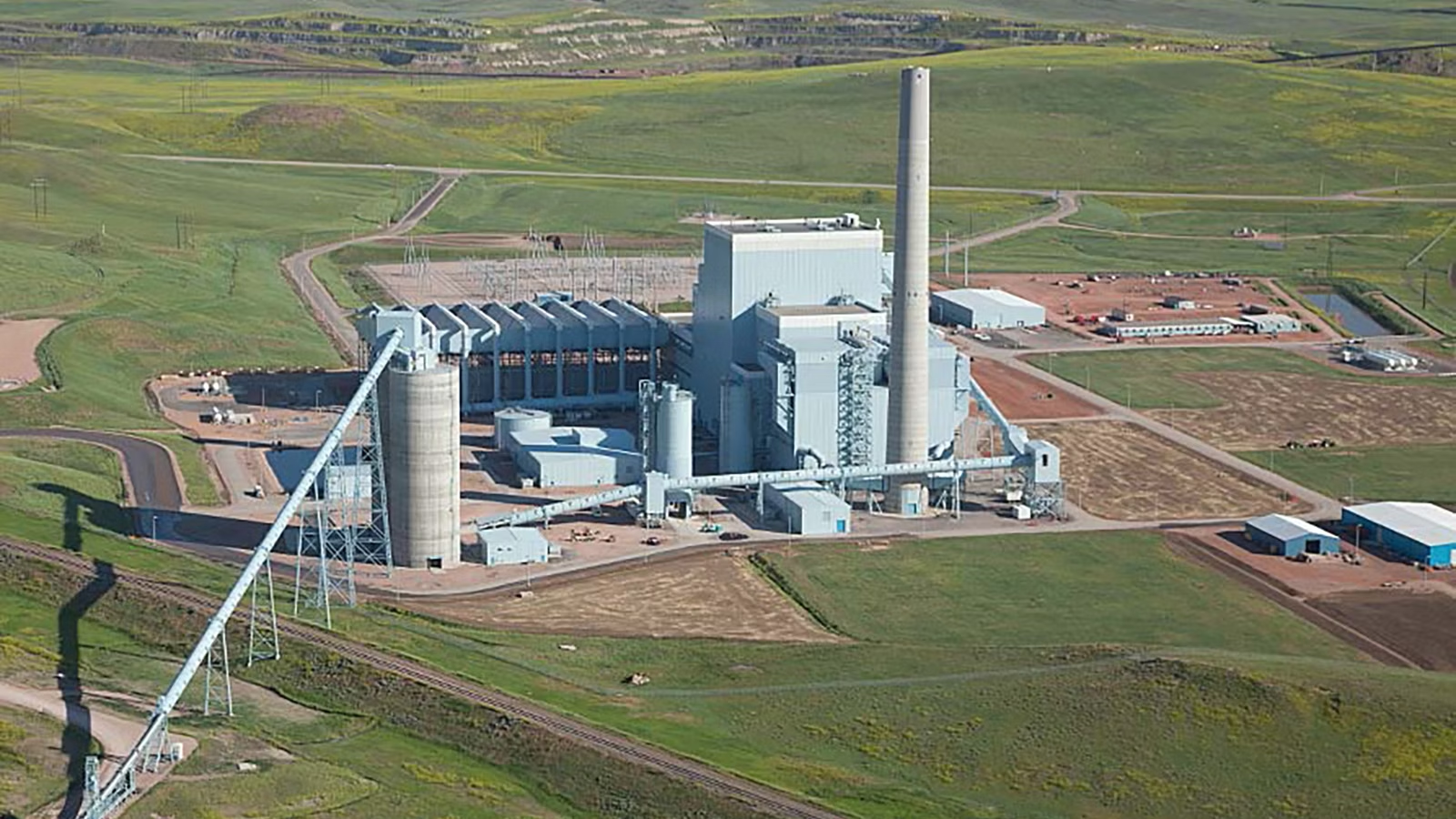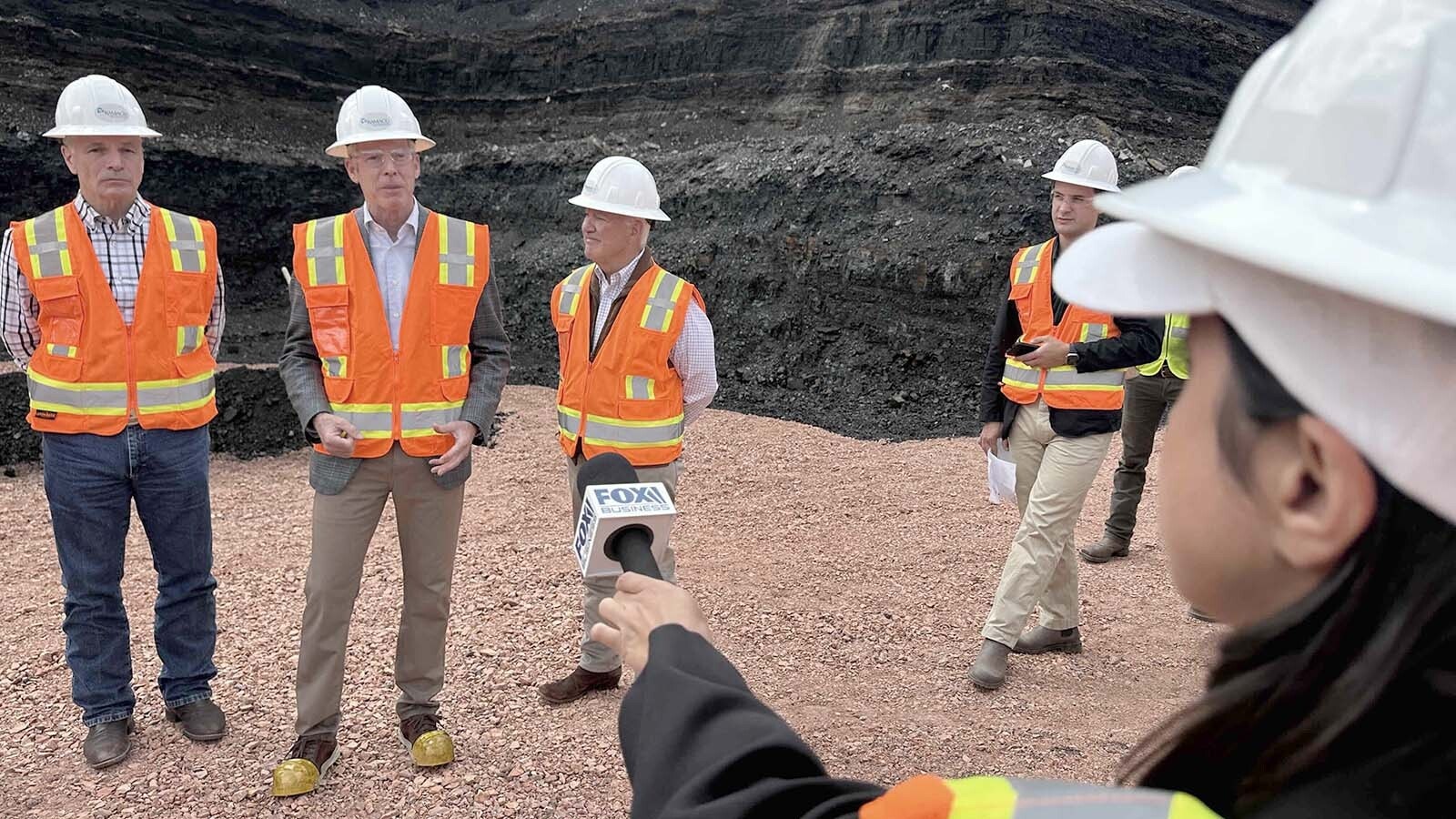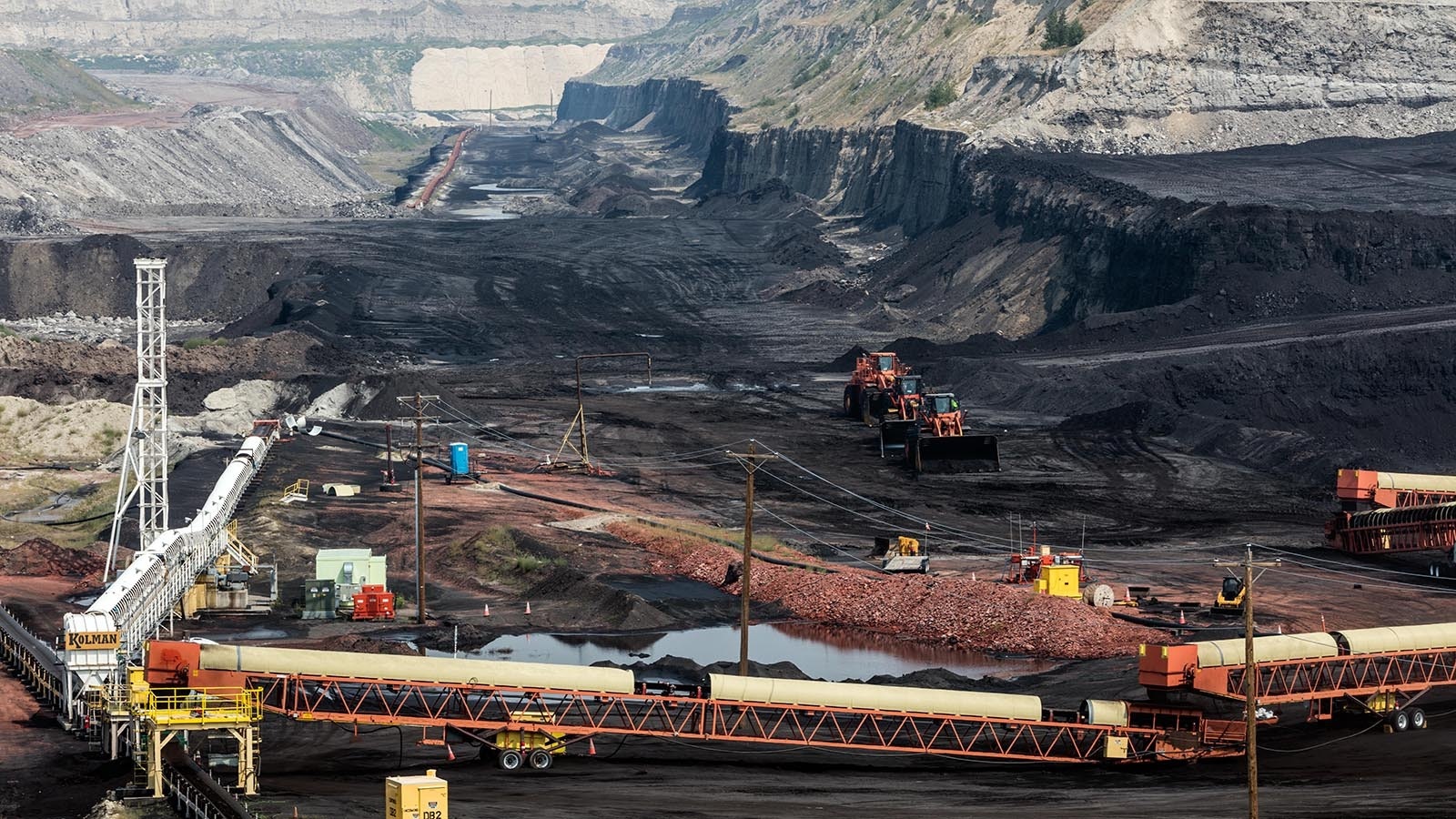A research lab located on the doorstep of the Dry Fork Station power plant about 10 miles north of Gillette could become the catalyst for boosting coal burning fuel in the future.
A strategic partnership between an energy research organization associated with the University of Wyoming and a California filtration business received $4.6 million Thursday from the U.S. Department of Energy to continue cutting-edge work on capturing and storing carbon dioxide at one of the nation’s youngest coal-fired power plants.
Newark, California-based Membrane Technology and Research Inc. (MTR), and UW’s School of Energy Resources (SER) are working on a pilot project to test out their work at the nearly 500-megawatt Dry Fork plant owned by Basin Electric Power Cooperative in North Dakota.
The pilot project could tee up for commercial applications to capture carbon dioxide and for storing the gas emitted from power plants and industrial factories, said Fred McLaughlin, director of SER’s Center for Economic Geology Research.
“We feel like we are at a breaking point,” McLaughlin told Cowboy State Daily.
Construction began last year on MTR’s large pilot plant at the Wyoming Integrated Test Center (ITC), located adjacent to the power generation station that became operational 13 years ago.
How They Plan To Do It
Opening in 2018, the technology center located next door provides space for researchers to test carbon capture and storage technologies using actual coal-based flue gas and has served as a flashpoint for Wyoming Gov. Mark Gordon to point at for his support of the coal-rich Powder River Basin.
“This award will truly help to advance (carbon capture and storage) development at the project site and across the state of Wyoming,” McLaughlin said.
Using proprietary membranes, MTR plans to capture more than 150 tons of carbon dioxide each day from the flue gas produced by Basin Electric Cooperative’s Dry Fork plant.
MTR’s membranes separate contaminants from the fumes emitted from Dry Fork.
When operational later in 2024, the pilot plant will be the largest capture plant based on clean membrane technology in the world.
The DOE award was issued to MTR and Wyoming Carbon Storage Assurance Facility Enterprise — also known as CarbonSAFE, which is led by UW’s SER, a strategic partner for capturing carbon dioxide and storing the gas at Dry Fork.
Specifically, the award from DOE’s Office of Clean Energy Demonstrations is earmarked for an engineering design study for the carbon capture and storage project at Dry Fork by using MTR’s proprietary membrane technology. The project aims to “capture, compress and store" onsite 3 million tons of carbon dioxide annually, achieving at least a 90% capture rate, according to the DOE announcement.
‘Important Next Step’
Todd Brickhouse, CEO and general manager of Basin Electric Power Cooperative, described the study as an “important next step” in evaluating carbon capture at Dry Fork.
“The investment required to bring carbon capture and storage technology from study to pilot to full-scale production is substantial, and successful deployment will require partnerships at many different levels,” Brickhouse said.
Besides MTR, one other carbon capture technology developer broke ground at the Wyoming Integrated Technology Center last year.
Kawasaki Heavy Industries, and its partner Japan Carbon Frontier Organization, launched activities for their solid sorbent capture technology. This project is commissioned by Japan’s Ministry of the Environment.
Taken together, the two projects — MTR and Kawasaki — will join the ITC’s project portfolio, which represents over $100 million in carbon capture and carbon utilization technology deployment, and will serve as a crucial step toward advancing these technologies to commercialization, according to an ITC statement on the Gillette operation.
Pat Maio can be reached at pat@cowboystatedaily.com.





